12 Things You Should Stop Doing On Your Android Phone Immediately
Considering The Importance Of Ensuring The Health Of Smartphones, In This Article, We Examine The Things That Damage The Android Device And Should Be Stopped As Soon As Possible In Your Android Phone.
In An Age Where We See Ever-Increasing Developments In The Field Of Technology And Mobile Phones, Android Phones Have Become Essential Tools In Most People’s Daily Lives.
Since smartphones are considered one of the most important and valuable tools for everyone, it is essential to be aware of specific measures that can slow down your device’s performance or prevent you from having a good user experience to ensure optimal performance.
By avoiding these actions and adopting best practices, you can ensure the health and safety of your smartphone, maximize phone performance, and extend the life of your Android phone.
In the following, we will introduce the tasks that damage the Android device by examining various topics, such as the risks of installing programs from unknown sources, the consequences of ignoring software updates, and step-by-step instructions for correcting these problems.
Note that it’s never too late to rethink your Android device usage habits, So ensure the health and longevity of your cell phone by stopping doing these 12 things.
1. empty battery

Android phones have lithium-ion batteries that offer limited charge cycles. The charging cycle means charging the battery from 0% to 100% and then discharging it again to 0%.
By frequently draining your battery, you use up charge cycles faster, which can shorten the life and performance of your phone’s battery over time.
The problems that this may cause your battery are not immediate at first, so people continue to work under the assumption that this will not harm the battery.
ECalibrating the battery means that the mobile phone’s operating system has a problem reading the information related to the battery charge. For example, 100% charge is seen on the phone screen, while the actual battery charge is 80%. Every time your battery goes to zero, the risk of the battery being calibrated in the phone increases.
There is no exact percentage for the right time to charge a mobile phone. Still, connecting your Android device to the outlet is recommended before being notified of the need to set and change the battery charge’s color. Also, unplug the battery before it reaches 100%; charging it at about 80 to 100% makes the lithium-ion battery wear out faster.
Completely draining the battery can cause chemical reactions that, over time, will reduce the life of the battery and cause a lot of damage to the phone. This issue is vital because the manufacturers of intelligent phone batteries charge their new products up to 50% and then launch them on the market.
2. Ignore software updates
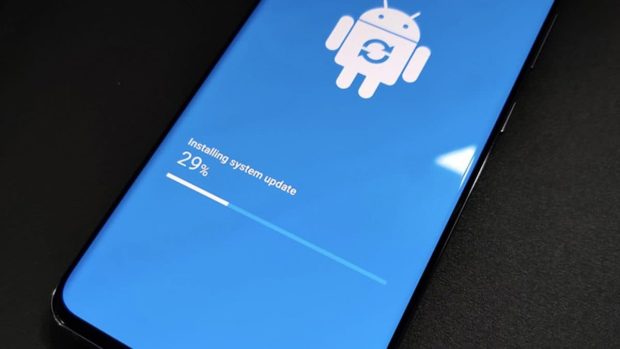
If you are one of the users who keep forgetting to update your device, you should note that this issue is considered in the category of actions that damage the Android device.
Every so often, your Android operating system releases a software update. Manufacturers such as Android release these updates to keep devices running smoothly, and by refusing to install them, patches can’t do anything.
These updates are also made to add new features, improve performance, fix security issues, and fix any persistent bugs. In most cases, your Android phone will notify you when a software update is available, but you’re the one who initiates the process.
Although much emphasis has been placed on updating the phone, many users still ignore this request. One of the main reasons for not paying attention to this issue is that updating an Android phone is time-consuming.
The phone must be restarted, and users may have to accept the new terms and conditions. So if you are busy, this will not be a fun process for you.
That being said, it’s necessary, and your Android phone might be working fine now, but not updating could damage your device in the future.
Once the latest update is released, your device will notify you. But to update manually on Android, go to Settings > System > Advanced > System Update. There you will see a message telling you if your system is up to date or not.
If an update is available, tap the Install button and follow the on-screen steps. Otherwise, if you get a notification about an Android update, tap on it and follow the same procedure.
Interrupting your work when the update process starts may be annoying, but checking and downloading the latest software is worth the time.
3. Avoid backing up or restoring data
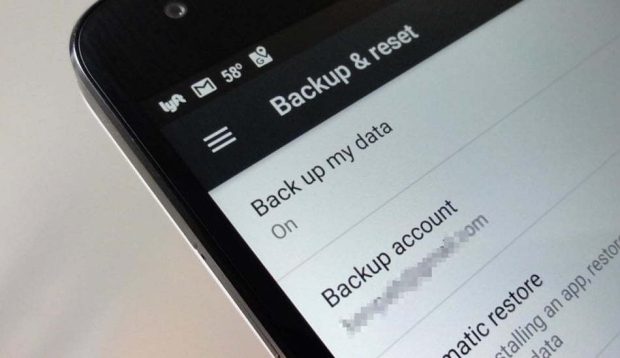
Android phones contain valuable personal information. However, unpredictable conditions can lead to data loss. This makes it essential to have a backup.
With this, you can back up phone content, data, and settings to your Google Account and restore the backed-up data to your original phone or another Android phone.
Data recovery varies by phone and Android version. If the backed-up version is higher than the phone’s Android version, you can’t reset the backed-up data on the phone.
Unfortunately, Android users avoid this process because they think the default security measures are enough and do not consider it among the things that harm the Android device. Security measures do not always protect against accidental deletion or hardware failure.
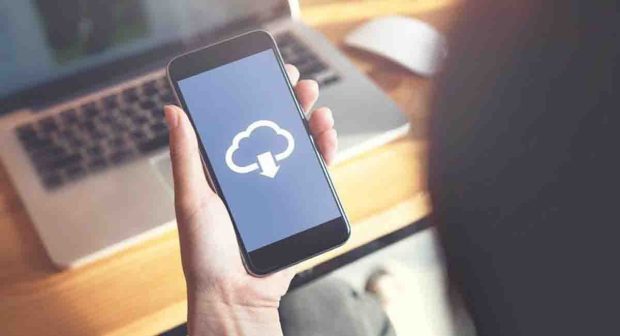
The most common files that users want to back up are their photos, videos, and documents. If these are created on the Android phone, they will not be restored if the internal storage device fails.
Google Drive is an all-in-one solution that can copy and save files in any format, allowing users to select individual items or entire folders for upload.
To backup files in Google Drive, install and open the program. Then select the + button to open a new window, tap the Upload option, and choose the files you want to back up.
Alternatively, if you want to back up your call logs, texts, app data, and preferences, you can use Google One to back up your device data.
To back up your device data to Google One, download Google One from the Play Store and open it. Then select Storage and tap Set Up Data Backup to create a new backup.
4. Skip restarting the phone
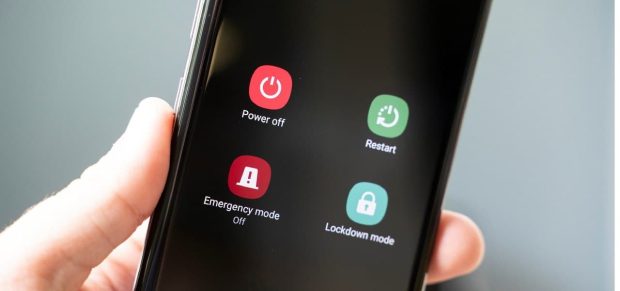
Rebooting can help resolve software issues and improve your operating system’s performance.
Rebooting the phone will remove temporary files that may be causing the problem. This method does not delete data such as photos, contacts, or anything else from the phone.
Some phones may take a few minutes to restart, but the value and benefits are much greater. Many tech experts agree that you should reboot your Android phone at least once a week.
If you’ve noticed strange alerts in apps, such as constantly crashing or your system responding abnormally, it may indicate that your device needs a restart.
To reboot your Android phone, you only have to press the power button for a few seconds and wait until the power menu appears. Then select the Restart option, and that’s it.
If you don’t want to restart your phone manually, some Android phone manufacturers, like Samsung, have added an automatic restart feature. With this feature, users can choose the date and time when they want their phones to be repaired and restarted.
For this purpose, you must open the Settings app and tap General Management. Select Reset and then Auto Restart. Now turn on Auto Restart On and select the days and times you want the auto restart to start.
5. Receiving too many notifications

By default, your Android phone bombards you with too many notifications. These can range from messages to social media alerts. While reports can keep you up-to-date, sometimes they can be distracting, and important notices get lost in the flood of words. Knowing how to customize your Android phone’s notification settings is the best way to stay focused.
Let’s say you’re in a meeting and don’t want to receive notifications. The easiest way to silence all incoming messages is to enable the Do Not Disturb (DND) feature, which can be activated by swiping down from the drop-down menu.

Once this feature is enabled, notifications will not sound or vibrate and will not appear on the lock screen or notification panel until the feature is disabled again.
Swipe down and open the drop-down menu to customize Android’s Do Not Disturb feature. Then press and hold the Do Not Disturb icon until its settings appear. Now choose which notifications can bypass this mode. You can also schedule a specific time when you want this feature to be activated.
6. Failure to pay attention to security measures
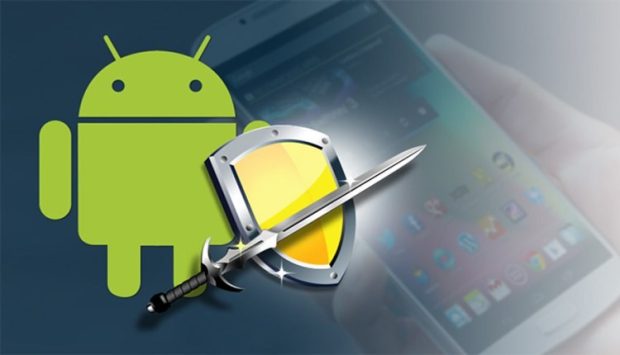
Android operating system is potent in terms of privacy and security. In this operating system, various methods increase the user’s and device’s safety. However, it is essential to take additional security measures for several reasons.
The open-source nature of this operating system includes a broad ecosystem of apps available in the Google Play Store and third-party distribution services. While this promotes innovation and app development, it exposes Android users to malicious agents.
You might imagine that the latest version of Android comes with the best solutions against hackers and cybercriminals. However, Android phone manufacturers run different operating system versions, so your device may not be updated to the latest version.
Therefore, there is always the possibility that hackers will come across your system in search of vulnerable devices. Additionally, hackers can test their exploits if you add the ability to install apps from third-party sources or click on questionable links.
Fortunately, there are security measures you can take to protect your phone further. These measures include installing an antivirus, enabling two-factor authentication (2FA), or using a secure Internet connection.
7. Cache filling in applications
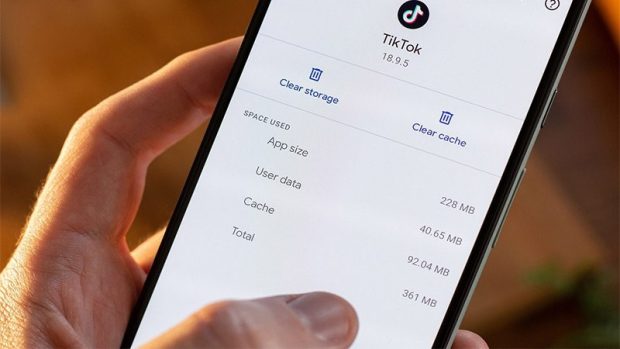
Android phone’s cache memory or cache memory is one of the parts mentioned in the specifications of the phone’s processor and is also known as cache memory.
Another thing that damages the Android device is not paying attention to the accumulation of cache memory in the programs. This may include images, video content, or scripts that you access frequently.
Accumulation of these files over time may cause problems in running programs. By now, most programs have an intuitive way to deal with cache build-up and clean up problematic files before issues arise.
However, not all apps are created equal, and some may not have this feature, leading to cache accumulation. So you need to know how to fix this problem manually.
How to clear cache:
- Open the Settings app and select Storage.
- Tap Apps or Other Apps (depending on your Android model).
- Select the app whose stock you want to clear.
- Now tap on Clear Cache on the app’s info screen.
For example, in programs like Telegram, you can clear the cache. If you delete this cache, your memory will be empty, but the information will be stored in the Telegram database, and you can download them again whenever you need.
8. Override Android battery optimization settings
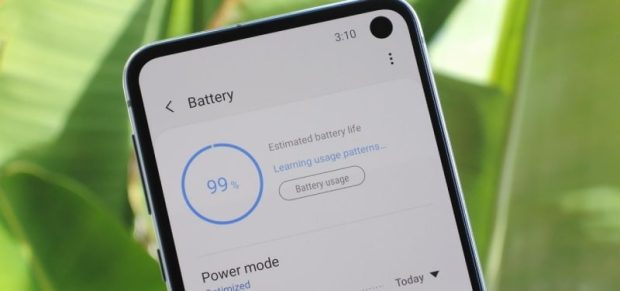
Known as a battery-saving operating system, Android helps preserve battery life in most Android phones by optimizing power consumption.
Optimizing the battery means increasing the efficiency and performance of the mobile battery. Many Android users are unaware of this feature or don’t know when to enable it. Power saving mode can extend your Android phone’s battery life by a few hours while maintaining access to essential functions such as messages and calls.
Of course, activating this mode has limitations that make many users regret starting it. Background apps will be limited after this feature is enabled, and there will be a delay in syncing or in-app notifications. In addition, the brightness of your screen will decrease significantly, making it more challenging to see the screen during the day.
Of course, the energy-saving mode is not permanent and can be easily turned on and off; It won’t destroy your phone’s battery and can be extremely useful in an emergency.
Depending on your Android phone model, you may even be able to customize this feature and allow certain functions and settings to continue working.
To enable battery saving mode on your Android phone, open the Settings app and select the Battery section. Then tap on Power Saving Mode or Battery Saver. More customization options may be available here based on your Android phone model.
You can also use your drop-down menu to enable power-saving mode or battery optimization.
9. Overloading widgets on the home screen
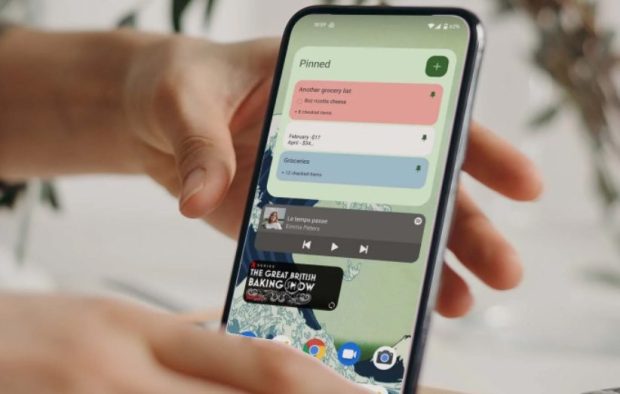
Widgets are small interactive components located on your Android phone’s home screen. They provide relevant information and quick access to app functions.
As you add widgets, the device will create additional home screens. This removes Quick Access altogether; Because now you have to navigate multiple windows to get the information you want. But too many widgets can lead to a cluttered user interface and difficulty navigating the home page.
In addition, widgets also affect the CPU and battery life of your Android phone. They will consume battery power while running in the background to provide real-time information. Therefore, to improve performance and stop things from harming your Android device, it is recommended to remove unnecessary widgets.
Note that removing a widget from the home screen does not remove it from your phone, and you can still use the app and replace the device later.
10. Access to running all programs in the background
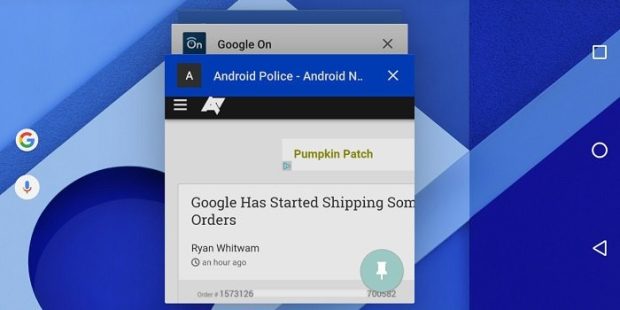
The longer you use your phone, the more apps you’ll install. While Android devices can handle multiple apps simultaneously, too many background processes can affect battery life and memory consumption, which, if persisted, will slow system performance.
So you need to know which programs are constantly running in the background and how to close them. That way, you can prioritize essential apps while closing apps that consume system resources and drain battery life.
How to view apps running in the background and check their battery consumption:
- Open the Settings app and select the Battery section
- Tap Battery Usage.
- A list will appear showing the number of battery apps consumed over time.
Now that you know which apps are running in the background, you might want to close some of them. To do this, open the Settings app and force stop the desired app after selecting Apps.
Restarting the phone may cause the app to run in the background again. So if you want to remove the app, uninstall it from your device.
11. Phone memory is full
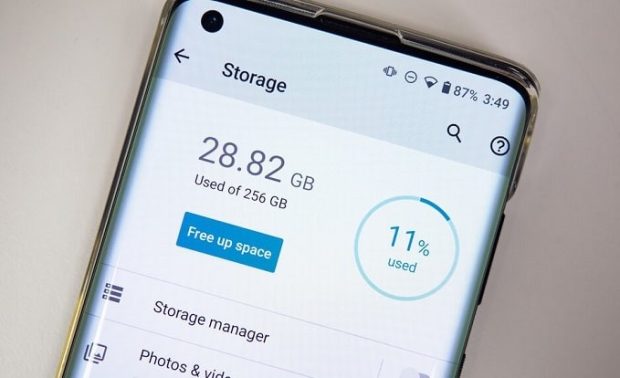
It may take months or years, but eventually, your phone will notify you that you’ve run out of Storage. When this happens, you can no longer install new updates, take photos, or save files to your phone.
Additionally, you may notice a decrease in the overall performance of your device before this event. Applications may have trouble running or responding, while user interface menus may become sluggish.
To prevent this from happening, Android users should regularly clear their storage space and make sure they have enough memory. To check your Android’s storage space, open the Settings app and scroll down to the Device Care or About Device section. Then tap on Storage and see the used and free play.
Most users notice performance issues when only 10% of their Android phone’s storage space is left. So it’s best to delete unnecessary media, unused programs, and downloading files that are irrelevant now.
If you want to keep specific files but free up device storage space, consider cloud services or external storage options like MicroSD cards. Examples of reliable cloud services include Google, OneDrive, and Amazon Prime.
12. Installing programs from unknown sources
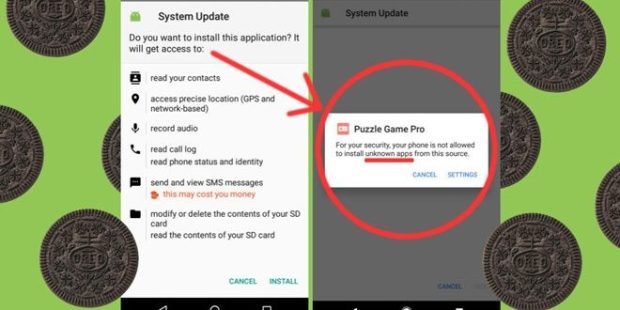
Google Play is a trusted store for users to download apps on Android devices. The digital distribution service has strict rules for app developers and checks every app before it’s available for download to ensure it’s safe and free of malicious code.
Therefore, for Android users, any other source for downloading applications can be considered unknown and damaging to the Android device.
Most apps from unknown sources have not been tested for security vulnerabilities. They can contain malicious software that leaves users vulnerable to cybercriminal attacks such as spyware and phishing.
Malware can monitor any activity on the operating system, steal sensitive information, or collect personal data. That said, be very careful when installing new apps from unknown sources to avoid potential threats.
Checking app permissions is the first security function. For example, it can be suspicious if a music app asks for messaging or camera permissions.











